
How vCIOs are shaping the future of business technology management
In an era where technology underpins almost every aspect of business operations, the role of leadership in guiding tech strategy and implementation has become increasingly pivotal. Enter the virtual Chief Information Officer (vCIO). This role has emerged at the forefront of shaping the future of business technology management. The evolution from traditional, in-house IT leadership to a more dynamic, flexible, and strategically focused virtual counterpart marks a significant shift in how businesses approach their technology roadmaps.
This article delves into the transformative role that vCIOs play in modern businesses. From small startups to established corporations, the vCIO plays a critical role in aligning technology initiatives with broader business goals, driving innovation, and ensuring competitive agility in a fast-paced digital world. This article will explore how these professionals are redefining IT leadership and how they are uniquely equipped to navigate the complexities of today’s technology landscape to steer businesses toward growth and success.

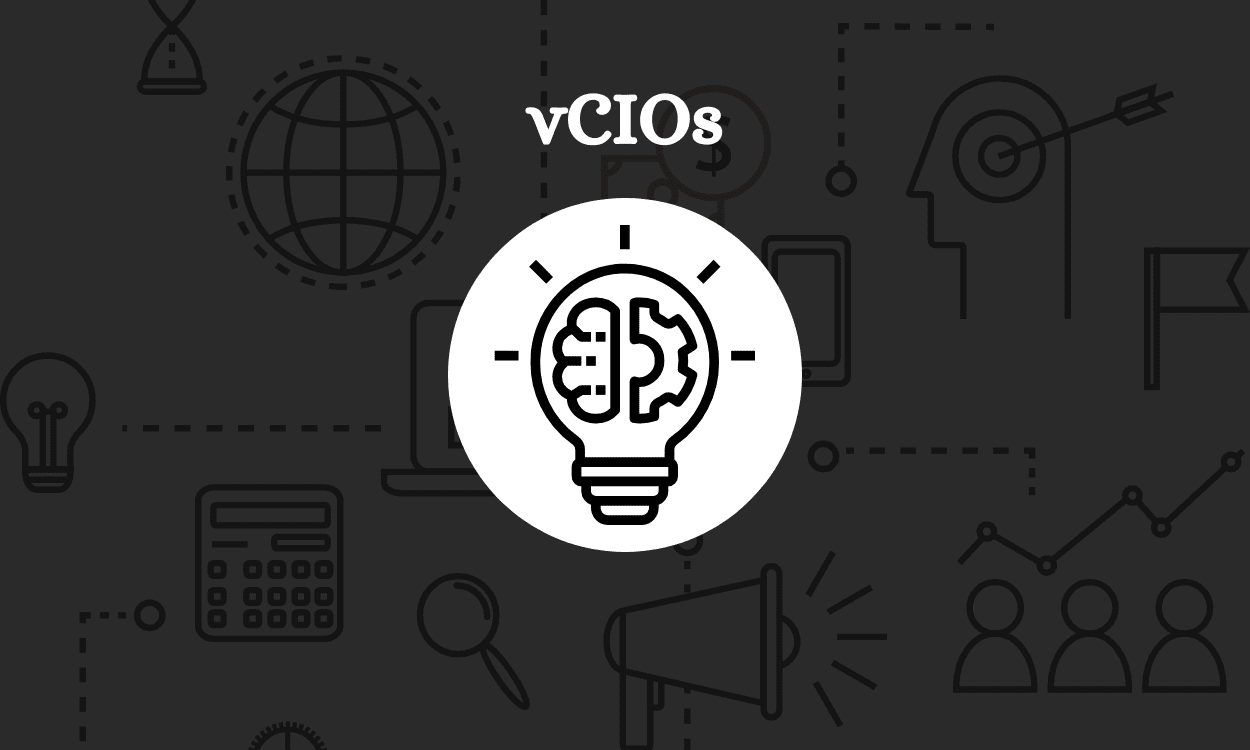
What is the difference between a vCIO and a traditional CIO?
You may have encountered the terms ‘vCIO’ or ‘virtual Chief Information Officer’ and wondered what they mean, especially compared to a traditional CIO. It’s important to clarify that although both roles share similar names and overarching goals, they significantly differ in function.
Generally, a traditional CIO is an executive-level official within an organization. These professionals are primarily responsible for overseeing the company’s technological needs while making essential decisions regarding its IT infrastructure.
vCIOs, however, are typically part-time employees within an organization. They can be individuals or entities who provide outsourced strategic IT consultation on demand. This essentially allows businesses without sufficient resources to hire a full-time CIO to access high-quality guidance concerning their technology-related strategies – filling a crucial gap in corporate governance.
To put this in perspective, let’s discuss four primary differences between vCIOs and traditional CIOs:
- Employment Structure: A traditional CIO is usually a salaried, internal position within an organization. On the other hand, vCIOs generally work as external consultants providing contractual services tailored to each company’s unique requirements. A benefit to a vCIO is that it’s a two-way door: you can easily move to a CIO at any time or change vCIO’s without having to pay severance or a costly recruiting engagement.
- Cost-effectiveness: Hiring a full-time CIO can be pretty expensive, considering salary, benefits, equity, taxes, recruiting fees, etc., whereas engaging a vCIO typically incurs lower costs by their virtual presence and flexible service provision.
- Scalability: As external consultants, vCIOS offer high scalability options depending on business size and needs shifts. At the same time, conventional CIOs face limits due to physical restrictions and capacity issues associated with standard employment roles.
- Availability of Diverse Expertise: Traditional CIOs often possess expertise restricted by past experiences and individual traits; however, many vCIO providers maintain a team of experts and partners, offering a broad array of skill sets and perspectives to fit varying business contexts.
Organizations can decide which avenue would best fulfill their IT management needs by understanding the differences between these roles. Modern businesses are leaning increasingly towards vCIOs due to their flexibility, cost-effectiveness, and extensive pool of expertise.
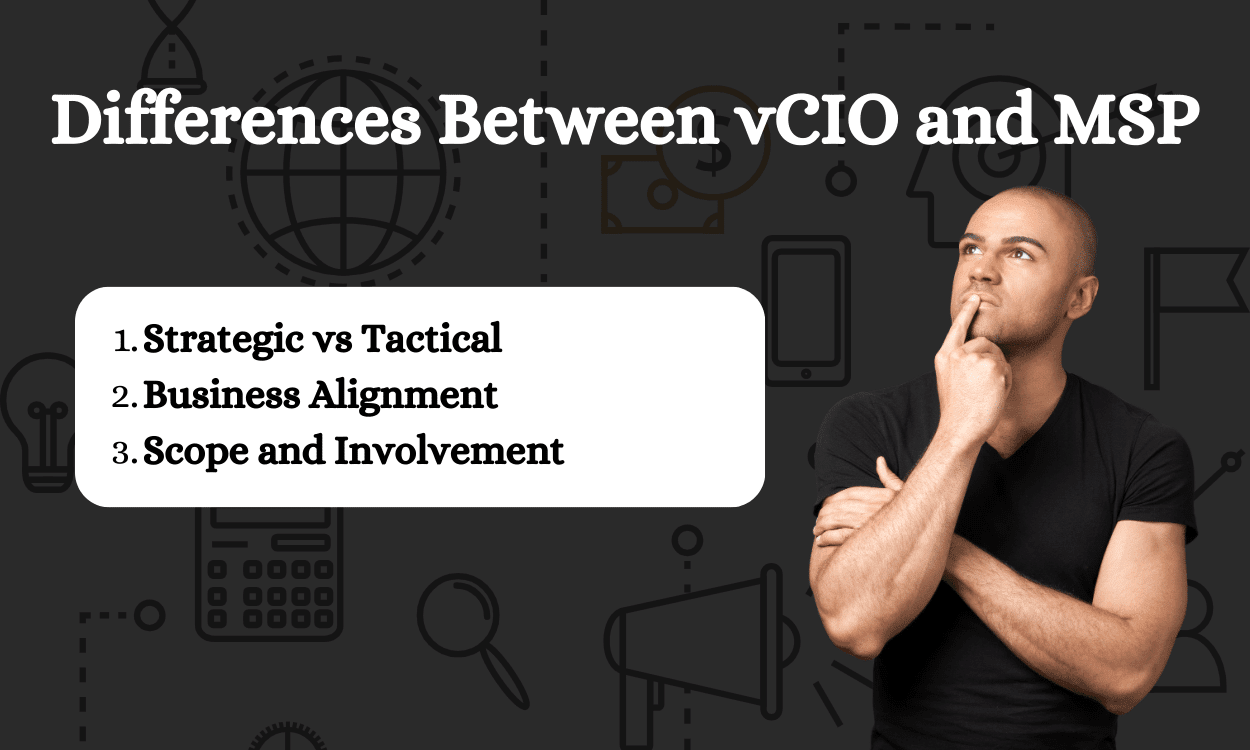
What is the difference between a vCIO and an MSP?
Two pivotal terms in understanding modern business technology management stand out: Virtual Chief Information Officer (vCIO) and Managed Service Provider (MSP). Both offerings within the realm of IT services have unique benefits. However, their roles, objectives, and scope of work differ significantly. To understand these differences, let’s learn about each role individually before contrasting them against one another.
A virtual CIO is a professional consultant who provides high-level strategic guidance for an organization’s technological progression. Leveraging industry experience and in-depth knowledge of tech trends, they support businesses in enhancing productivity. They plan for future technology needs while translating complex technical jargon into meaningful business-specific strategies that non-specialists can understand without hassle, making virtual CIO consulting services indispensable for companies seeking to evolve technologically.
On the other hand, a Managed Services Provider (MSP) continuously manages an organization’s IT infrastructure at a regular operational cost. They handle day-to-day IT operations like network monitoring or cybersecurity protection, allowing internal teams to focus on core competencies instead of being slowed down by constant tech issues.
The key differences between these two roles are:
- Strategic vs Tactical: While both support businesses, vCIOs deliver strategic guidance focusing on long-term digital transformation goals. MSPs are more involved in overseeing daily technology requirements.
- Business Alignment: A defining feature of virtual CIO consulting services is aligning IT strategy with business objectives and leveraging return on investment from tech investments. MSPs ensure the smooth operation of existing systems rather than creating growth-centric plans.
- Scope and Involvement: An MSP typically becomes an integrated part of your daily operations team, whereas vCIOs often operate intermittently but execute high-impact missions involving technology planning and risk management.
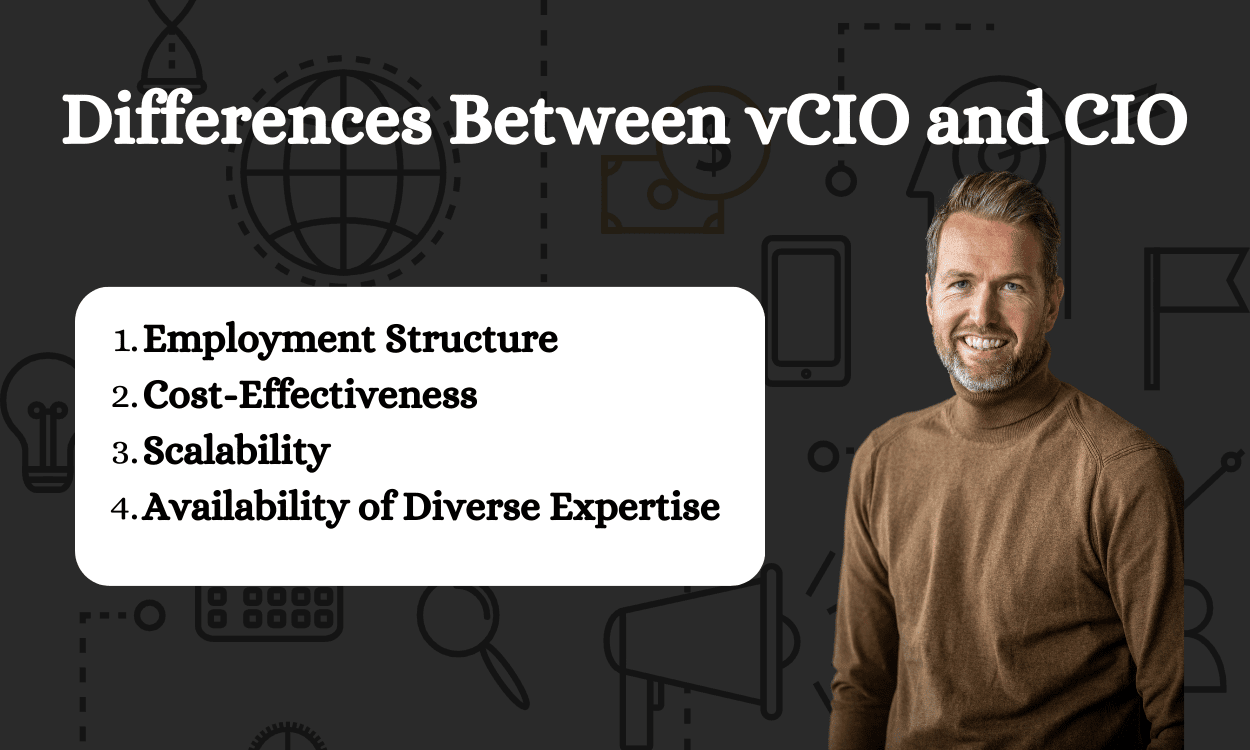
Strategic Influence of vCIOs
With the advent of digitalization, big and small businesses are acutely feeling the need for tech-savvy leadership. This is where vCIOs enter the frame. They play a pivotal role in seamlessly transitioning companies into technology-driven entities while maintaining their business DNA intact.
Aligning IT with Business Objectives
The hallmark of efficient vCIO services is aligning IT imperatives with broader business objectives. Similar to a traditional CIO without the hefty paycheck, a vCIO focuses on understanding your company’s:
- Operational practices
- Specific industry requirements
- Long-term strategic goals
With these insights, vCIOs create customized, growth-centric IT strategies in which technology enables and accelerates business value rather than merely being an operational asset or expense center.
Refined risk management and enhanced cyber-security become secondary when expert vCIOs set your enterprise’s direction. They also keep cyber-threat volatility in view. This ensures that both present processes and target milestones reflect sound security practices, blocking potential breaches even before they emerge.
Driving Digital Transformation and Innovation
As TechTarget reports, proficient vCIOs are also responsible for adeptly piloting digital transformation. One of their strengths lies in their ability to comprehend and anticipate the complex impacts that emerging technologies may have on the future.
It’s crucial to stay up-to-date with the changes happening in your industry so that your company can keep improving. This may mean using innovative technologies, such as machine learning algorithms or cloud computing, to enhance customer experience and productivity. As a professional vCIO, accurately perceiving these changes is key to shaping a culture of innovation within your company.
True transformation is not just about adopting new technologies. It’s also about being smart enough to bid farewell to outdated practices that stunt growth. Comprehensive audits are crucial as they eliminate redundant systems and processes, simplify workflows, and optimize resource allocation, thus driving efficiency and innovation simultaneously.
In essence, the strategic influence of knowledgeable vCIOs manifests through aligning your business objectives with IT goals and leading digital transformation – two pivotal aspects underscoring how vCIOs are reshaping the future of business technology management. The real challenge lies in finding the right partner who can serve your unique needs perfectly – someone who effortlessly fits into this role rather than merely filling it.
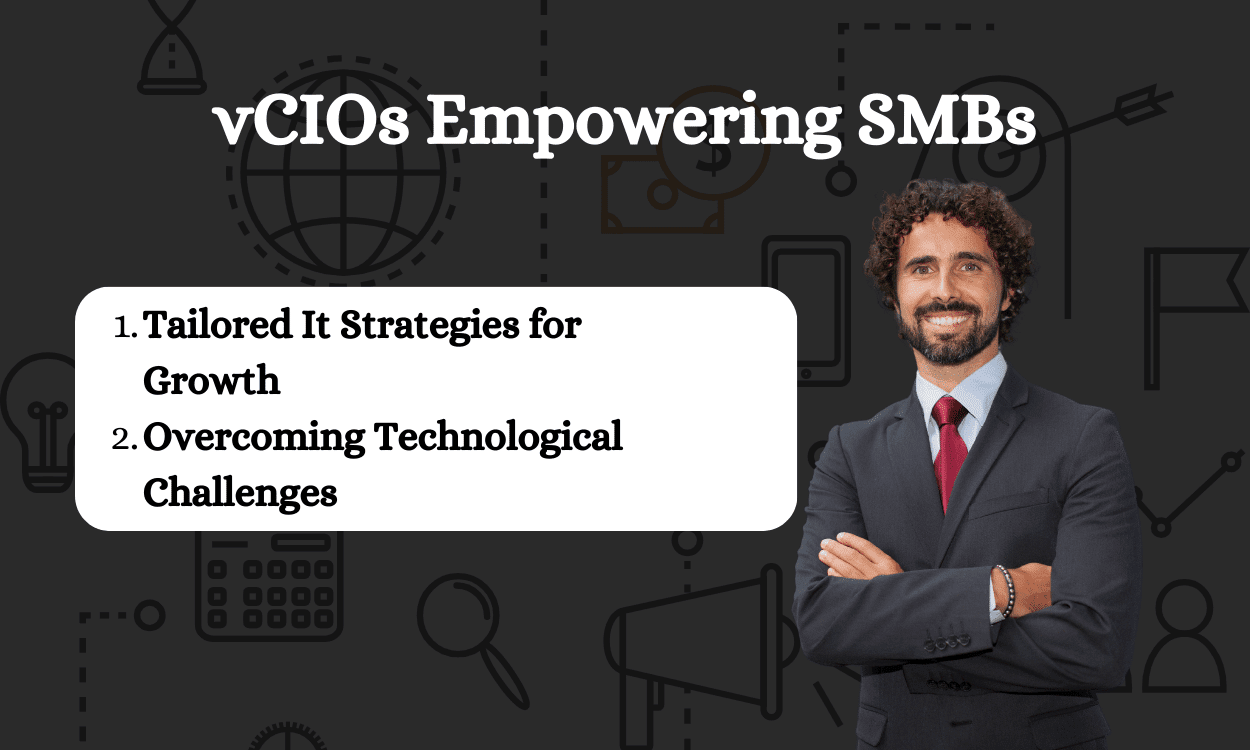
vCIOs Empowering Small and Medium-Sized Businesses
As the business world constantly evolves due to technology, small and medium-sized businesses (SMBs) often need help to keep pace. This is where the role of a Virtual Chief Information Officer (vCIO) comes in—to empower SMBs by helping them navigate this digital landscape. Let’s delve into how.
Tailored IT Strategies for SMB Growth
One key advantage that vCIOS provides SMBs is the development of customized IT strategies to promote growth. Smaller enterprises can only sometimes afford such luxuries compared to large corporations with extensive resources. Nevertheless, in today’s tech-driven markets, a robust IT strategy is crucial for survival and success.
A competent vCIO service provides precisely that – creating tailored technological solutions aligned tightly with the organization’s primary goals.
These strategies should be:
- Scalable: These plans’ unique beauty lies in their flexibility and adaptability to grow parallel to your business’s ever-evolving needs.
- Risk-minimizing: Reliable business continuity is secured by identifying potential risks early on and formulating proactive ways to mitigate them.
- Efficiency-boosting: Heightened efficiency can effectively cut costs, saving valuable investments for SMBs.
Through each phase, from planning to implementation and management – acting as a virtual CIO becomes instrumental to fostering innovation without breaking budgets or crippling operations due to undermanaged resources.
Overcoming Technological Challenges in SMBs
Admittedly, progressive adoption and management of technology presents several challenges for SMBs, often stemming from budget constraints or lack of expertise. A study published by Deloitte reveals that 40% of surveyed SMB executives cited limited financial resources as a significant hindrance towards tech-based advancements.
However, overcoming these obstacles gets easier with a vCIO service on board. The expertise of vCIOs extends beyond just providing technological advice; they comprehend the unique hurdles that small businesses encounter:
- Ensuring cybersecurity in a progressively interconnected world.
- Tackling technology obsolescence by integrating cutting-edge solutions.
- Nudging digital transformation along at the right pace to avoid operational disruption.
Investing in a competent vCIO service significantly helps SMBs meet these challenges head-on, promoting innovation, efficiency, and growth. By collaboratively drafting sustainable tech strategies with stakeholders and effectively implementing them, vCIOS ensures that small and medium-sized businesses are no longer defined by their size but by their capacity for technological savvy and scalable success.
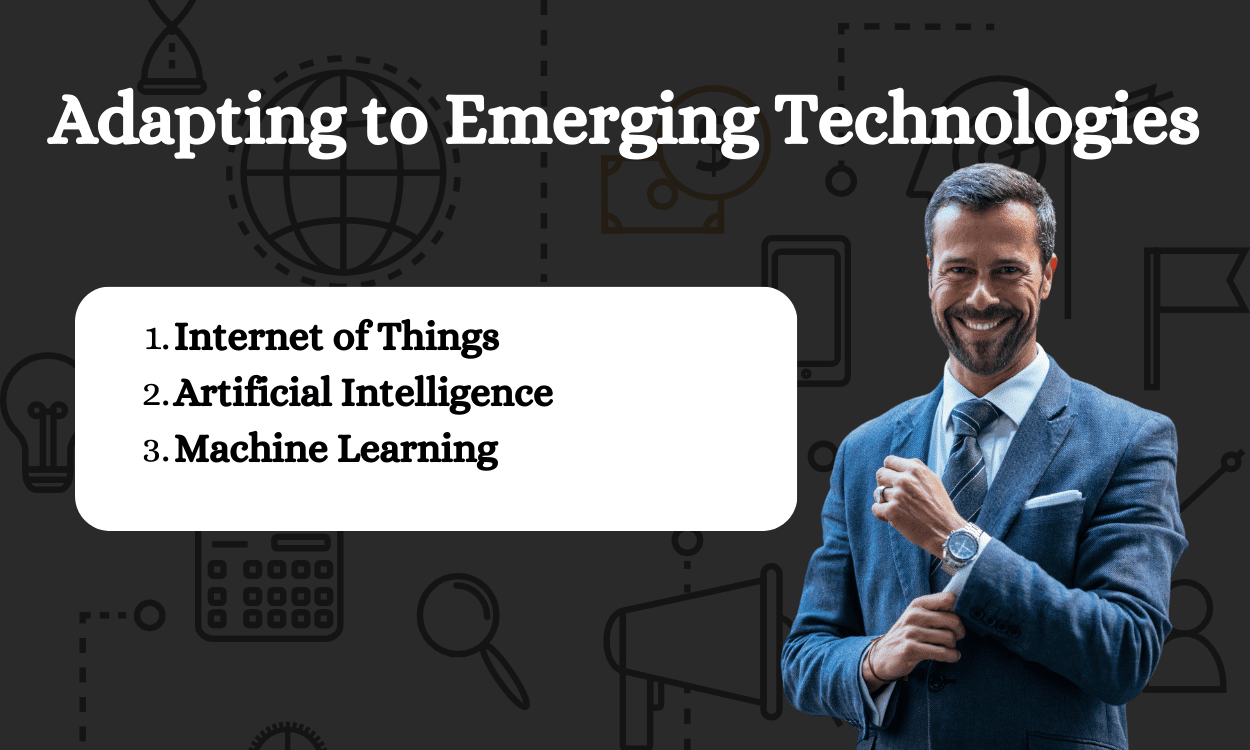
Adapting to Emerging Technologies
In this digital age, new technologies emerge constantly—increasing businesses’ reliance on expert guidance like never before. Virtual CIO consulting services have the potential to use these emerging innovations to their advantage.
The Internet of Things (IoT) is one prominent trend. Businesses increasingly use IoT devices to streamline their operations and reach customers. vCIOs can guide companies in utilizing these technologies optimally, ensuring security protocols are intact while gaining maximum operational benefits.
Artificial Intelligence (AI) and Machine Learning (ML) also offer immense potential via predictive analytics and automation, making day-to-day tasks more efficient. Virtual CIOs who master applying these technologies set themselves apart from both traditional CIOs and less versatile tech consultants.
Lastly, managing distributed teams has become crucial in this era of remote work. The ability to implement effective collaboration tools is a crucial skill for successful vCIOs who want to stay relevant in a dynamic tech environment.
Need Some Cyber Support?
Conclusion: The Evolving Role of vCIOs
The technology landscape for businesses is constantly changing, but virtual Chief Information Officers (vCIOs) can provide guidance. These professionals offer flexible and personalized services to meet the needs of individual companies. They are not just IT advisors, but operate at the intersection of business and technology, providing valuable strategic advice and translating technical jargon into actionable insights.
vCIOs are especially important for small and medium-sized enterprises, helping them navigate the complex technological landscape and turn obstacles into opportunities for growth. As new technologies emerge, vCIOs must stay up-to-date and use innovative strategies to meet their clients’ expectations. Despite the challenges, vCIOs play a crucial role in future-proofing businesses, offering technological optimization, transparent operational activities, and sustainable success in a fast-paced digital era. Remember, vCIOs are not just guides in uncertain waters; they are setting the course for a promising tomorrow.
If you are looking for some Fractional CIO Services, try reaching out to us at Class IV.

